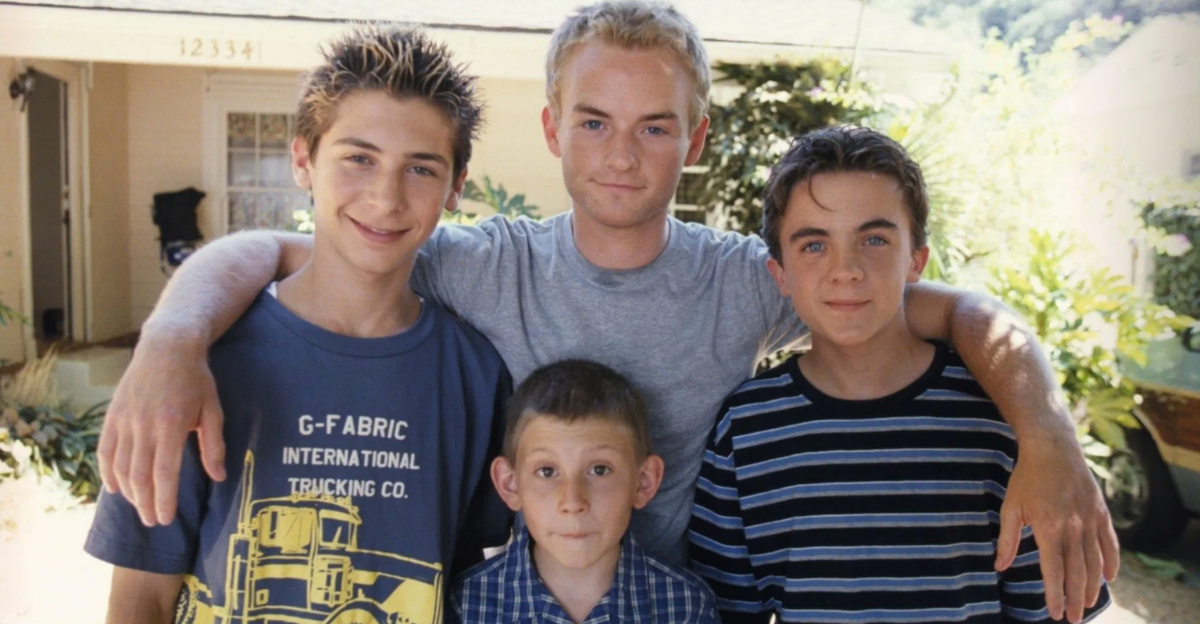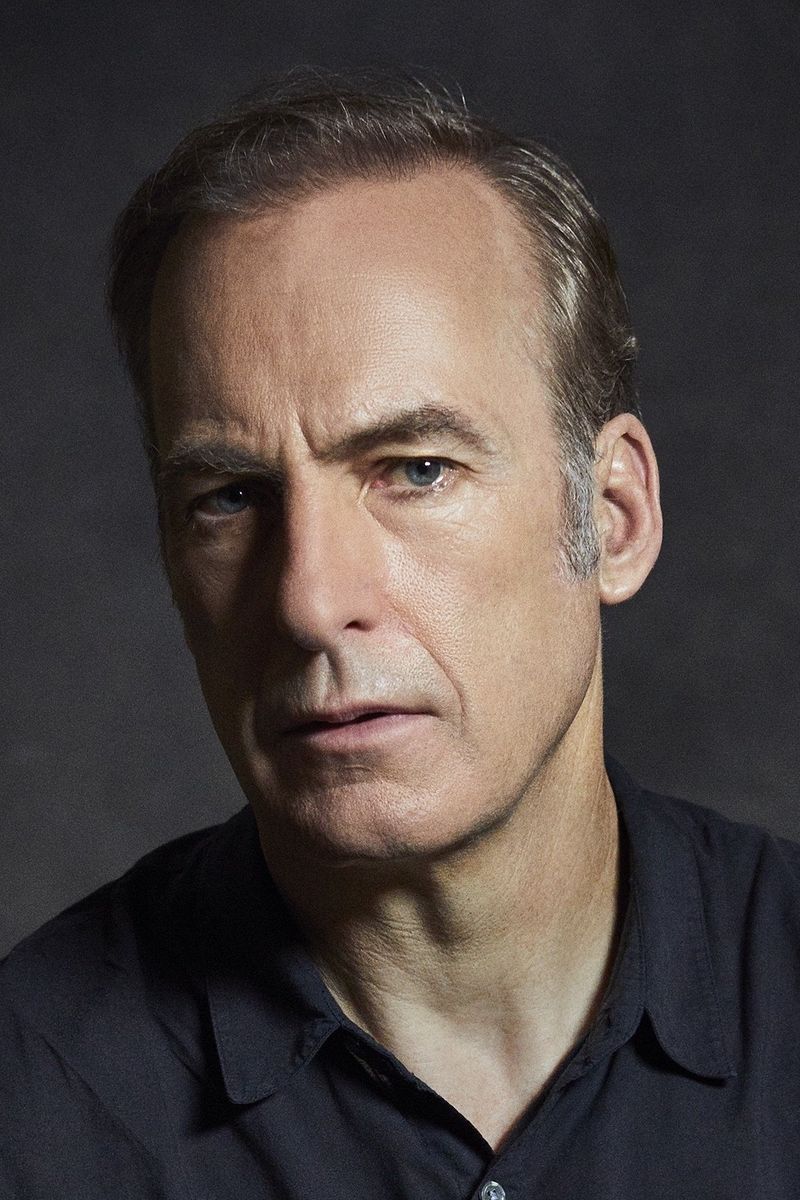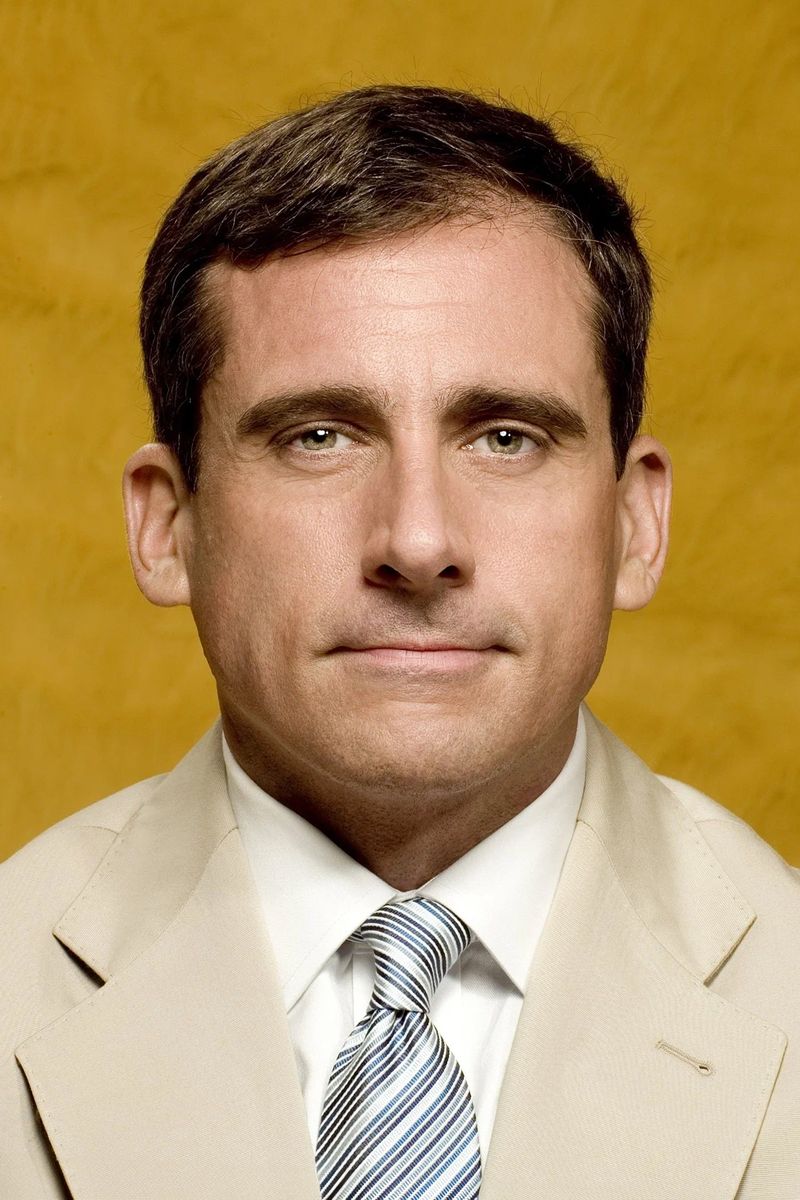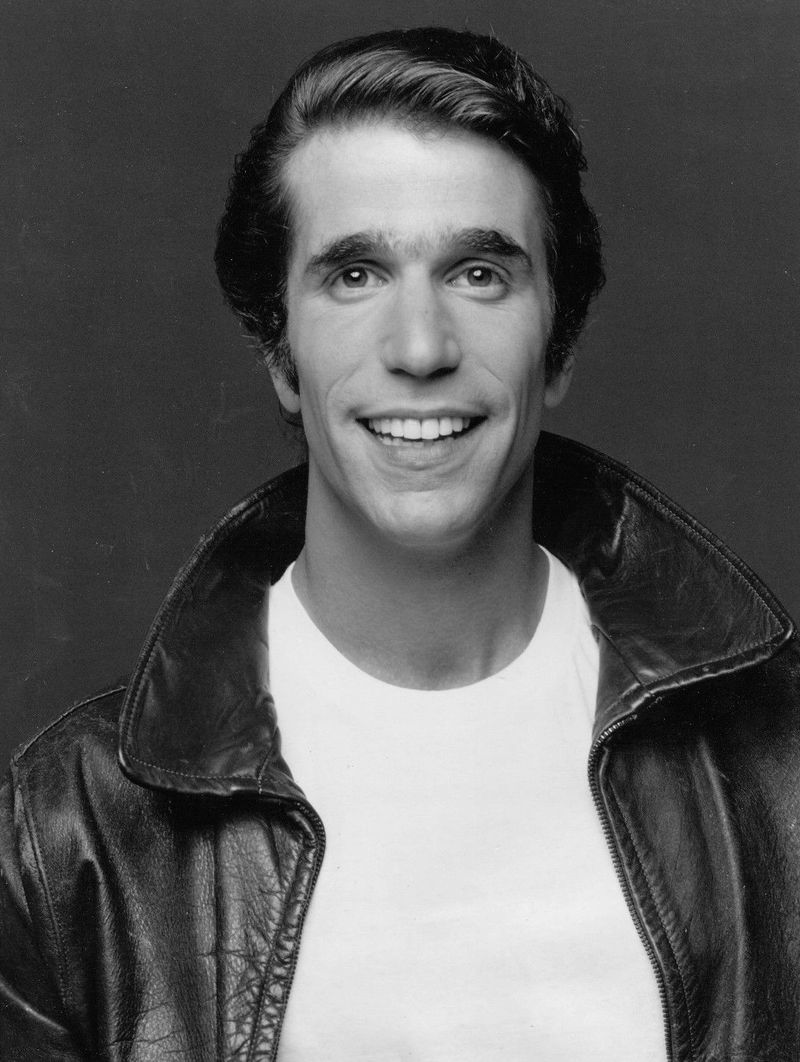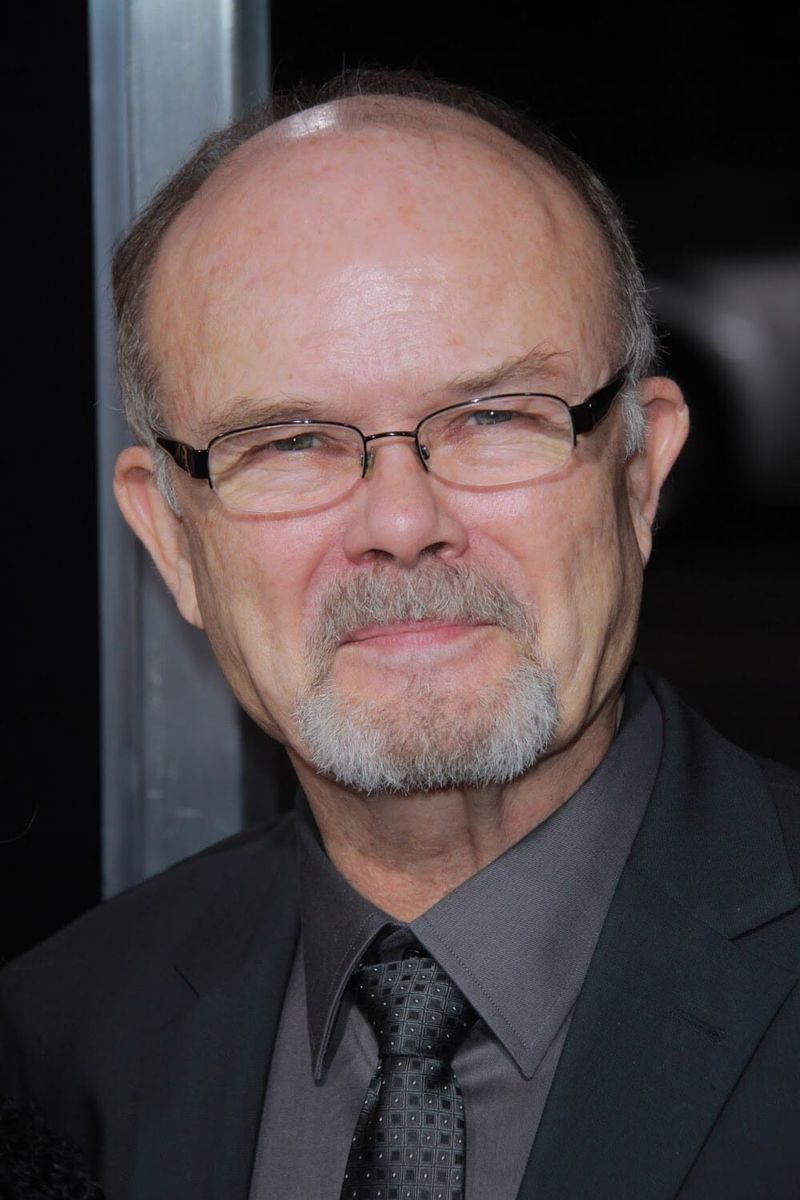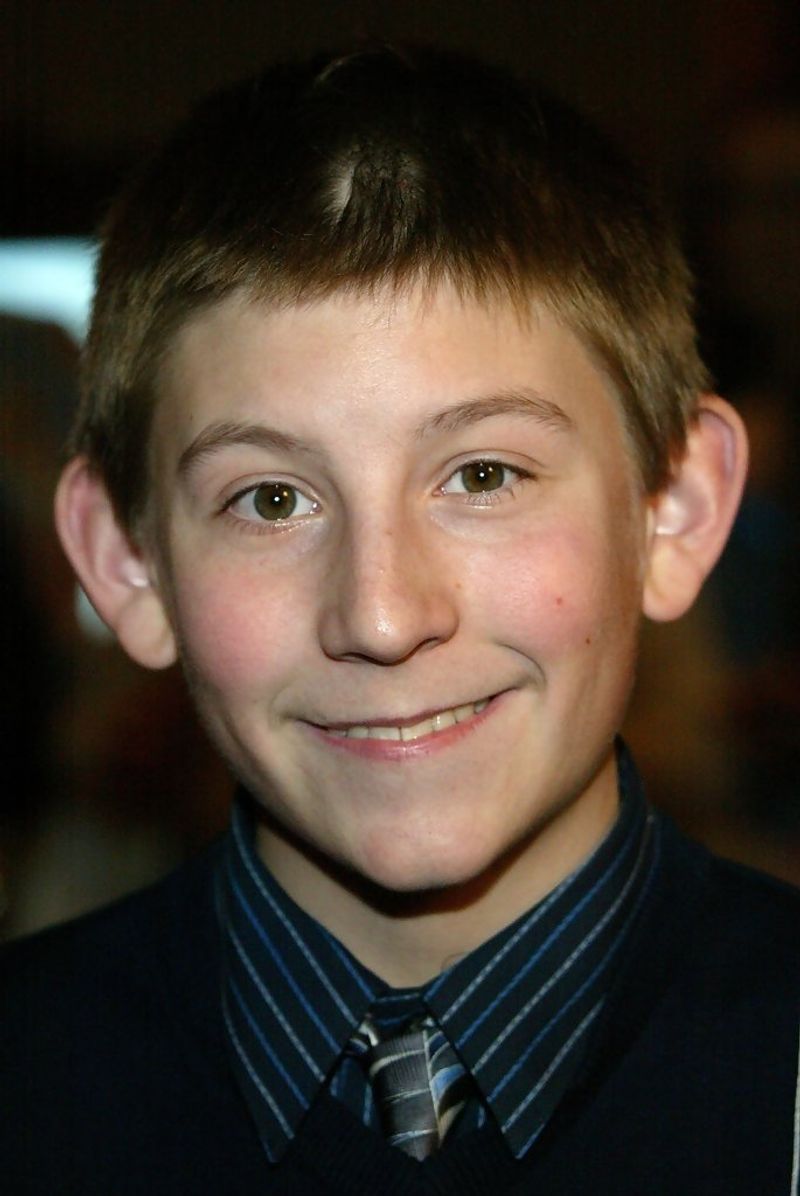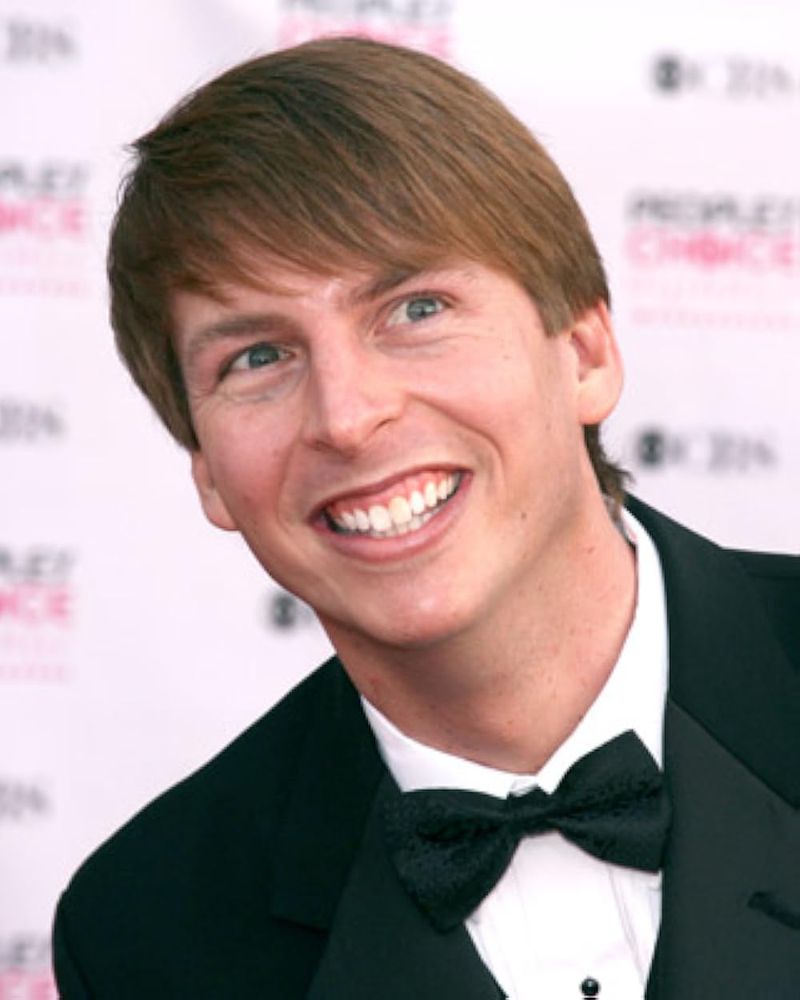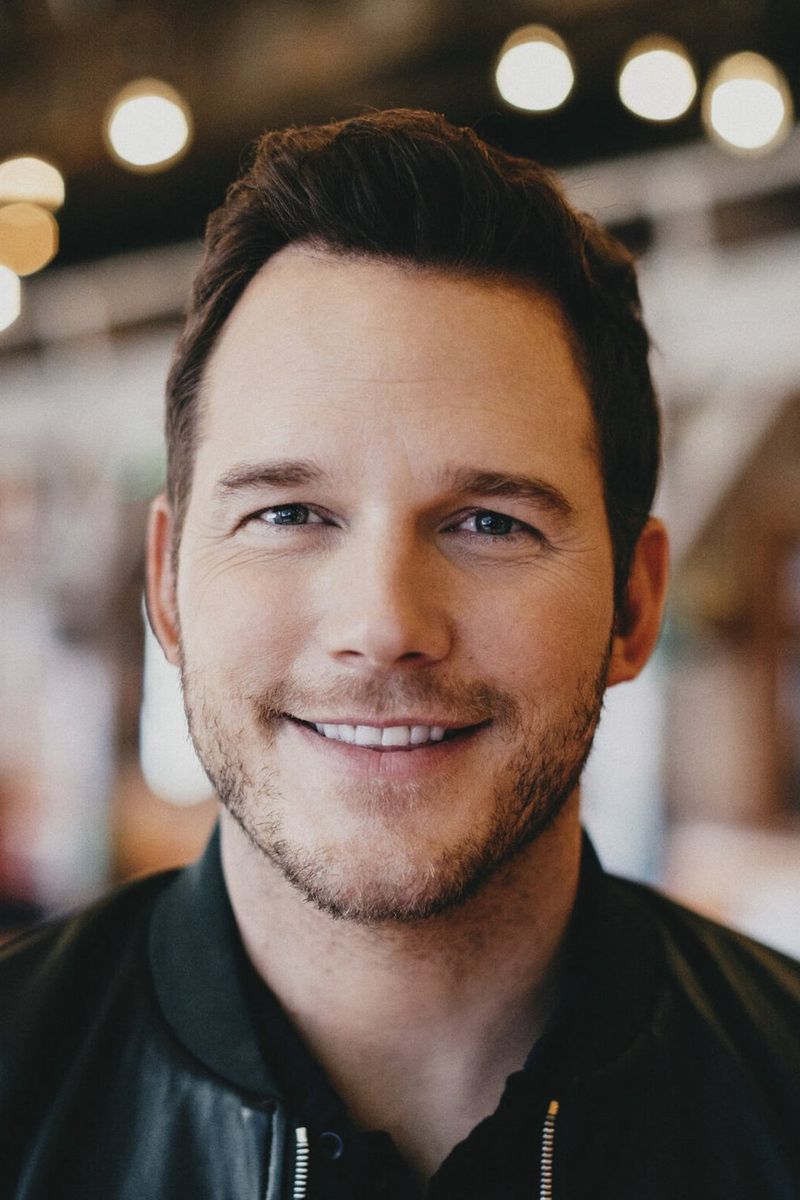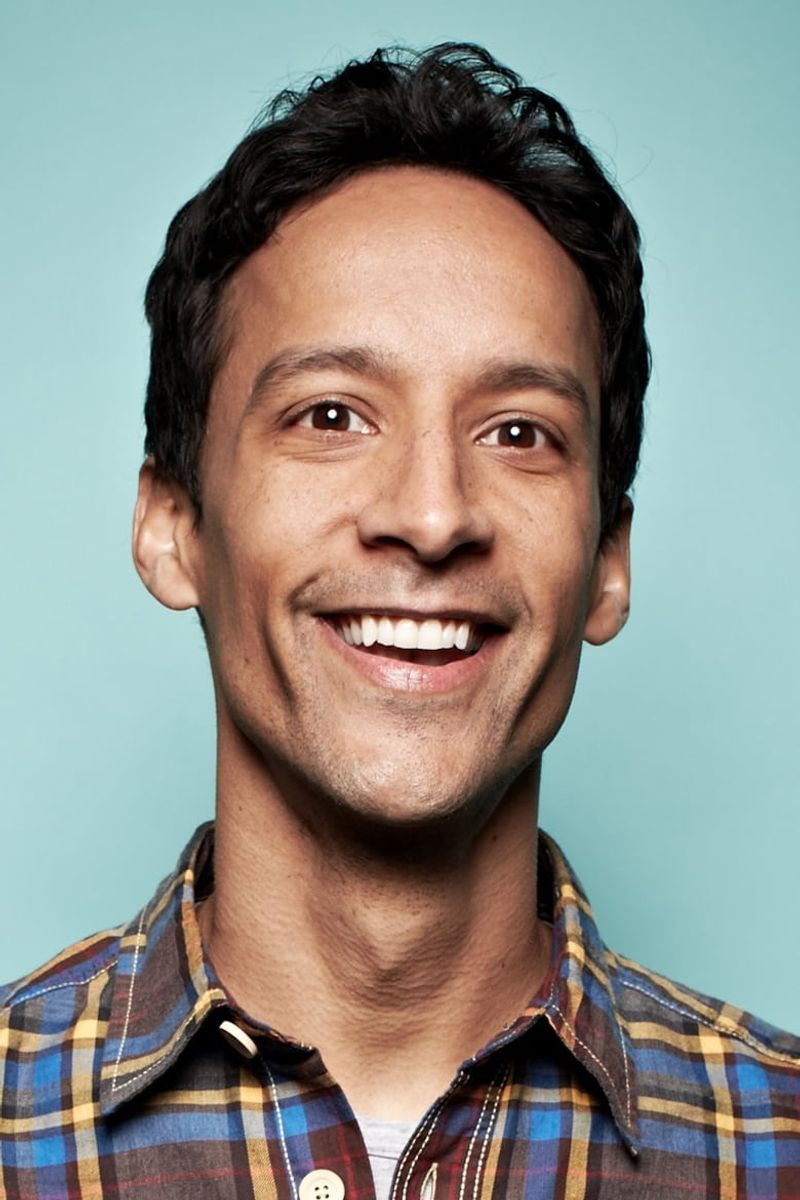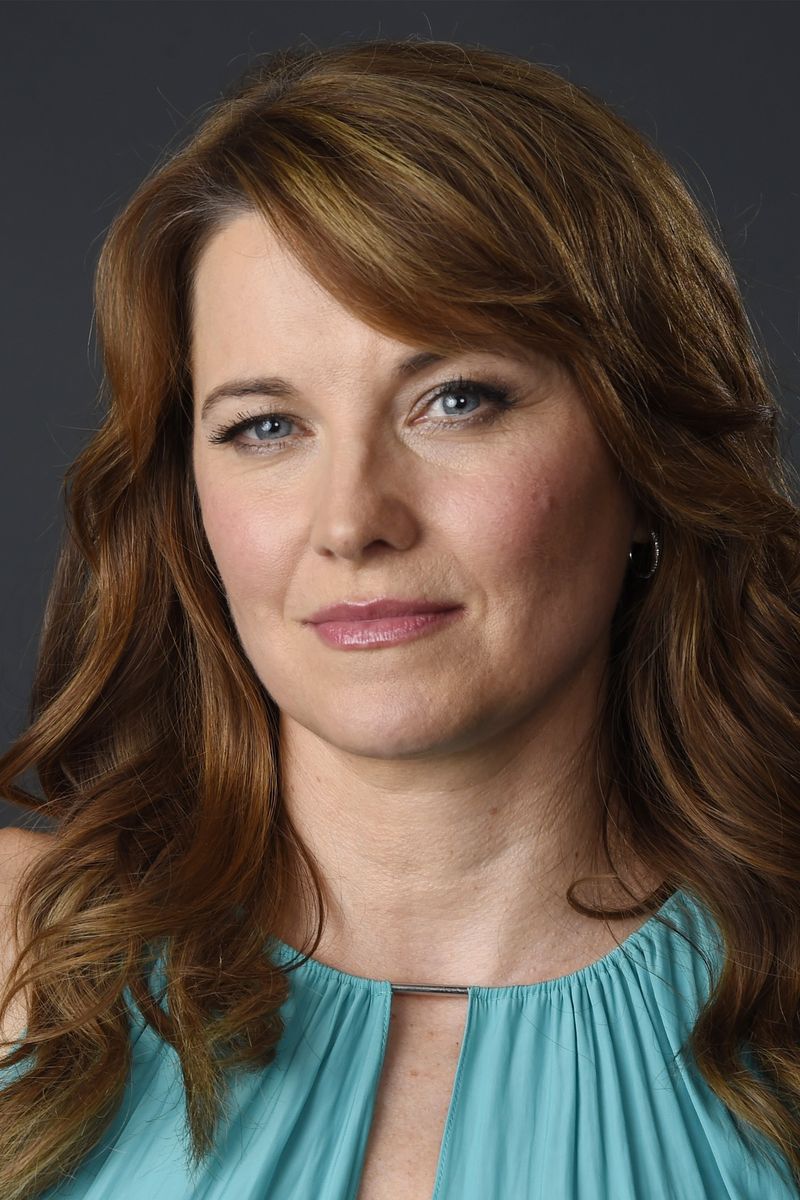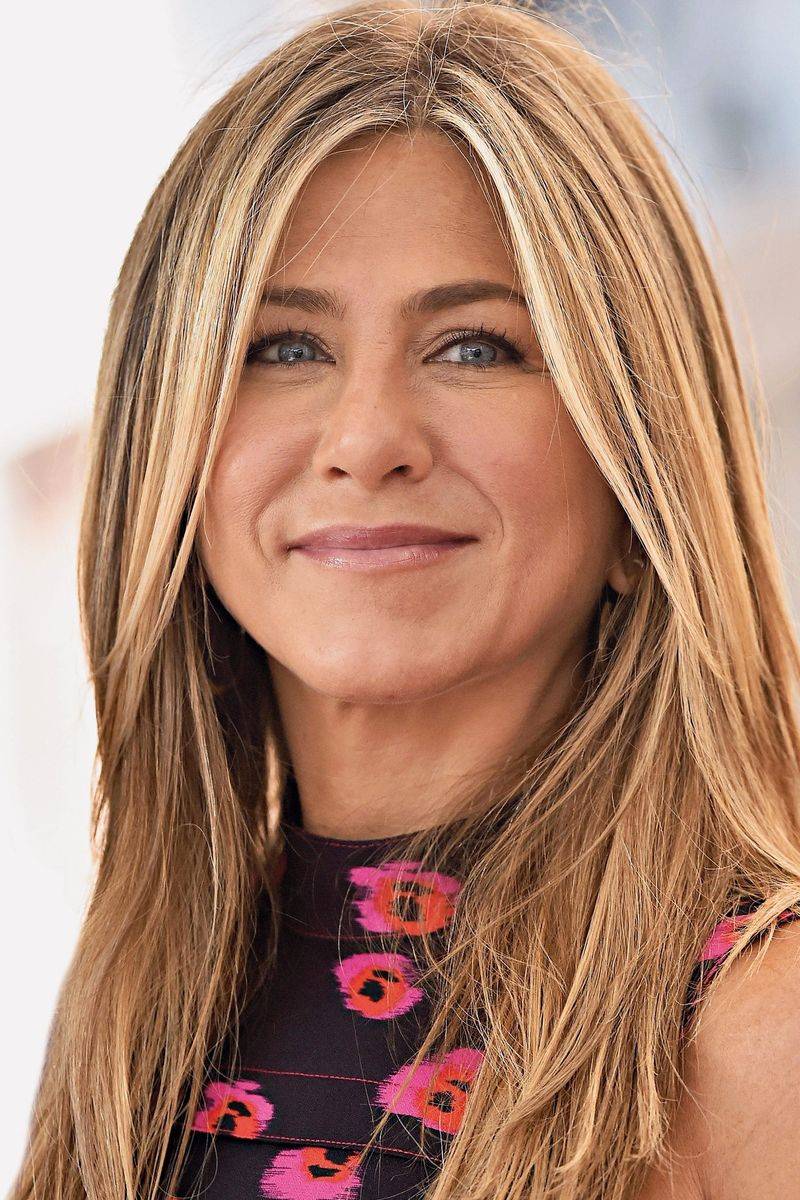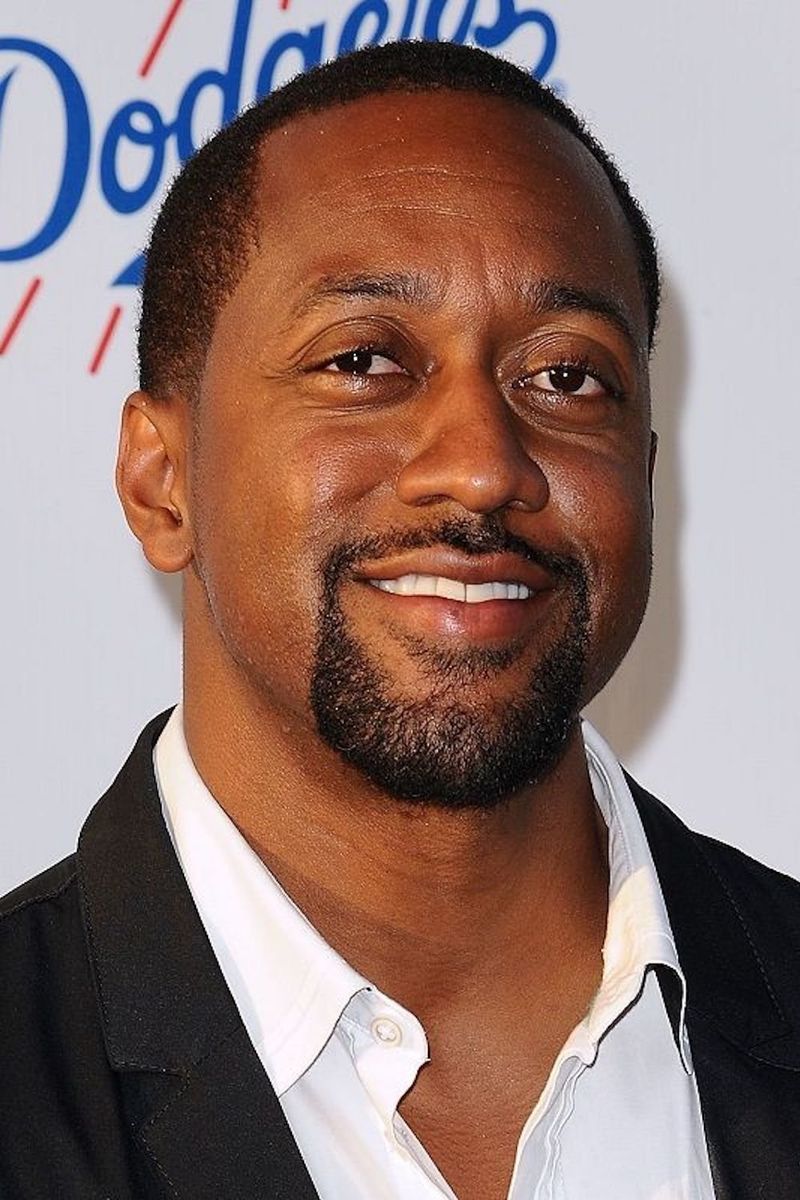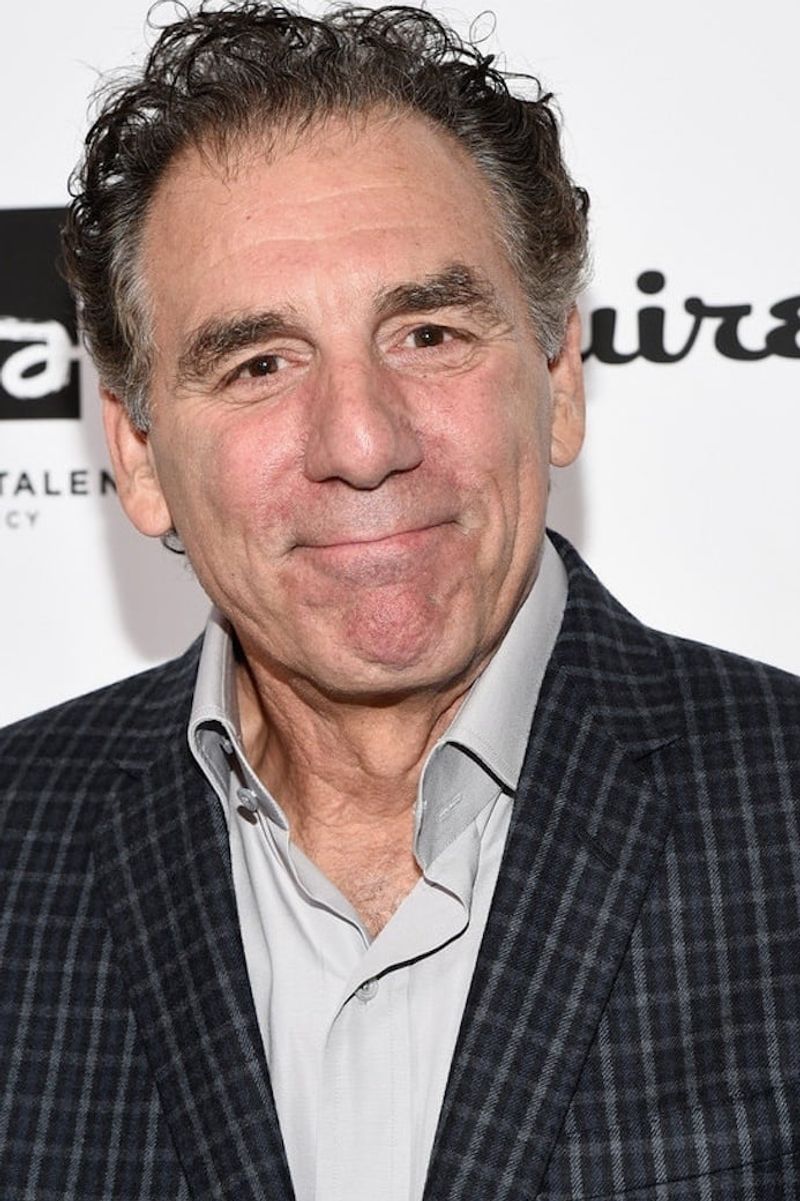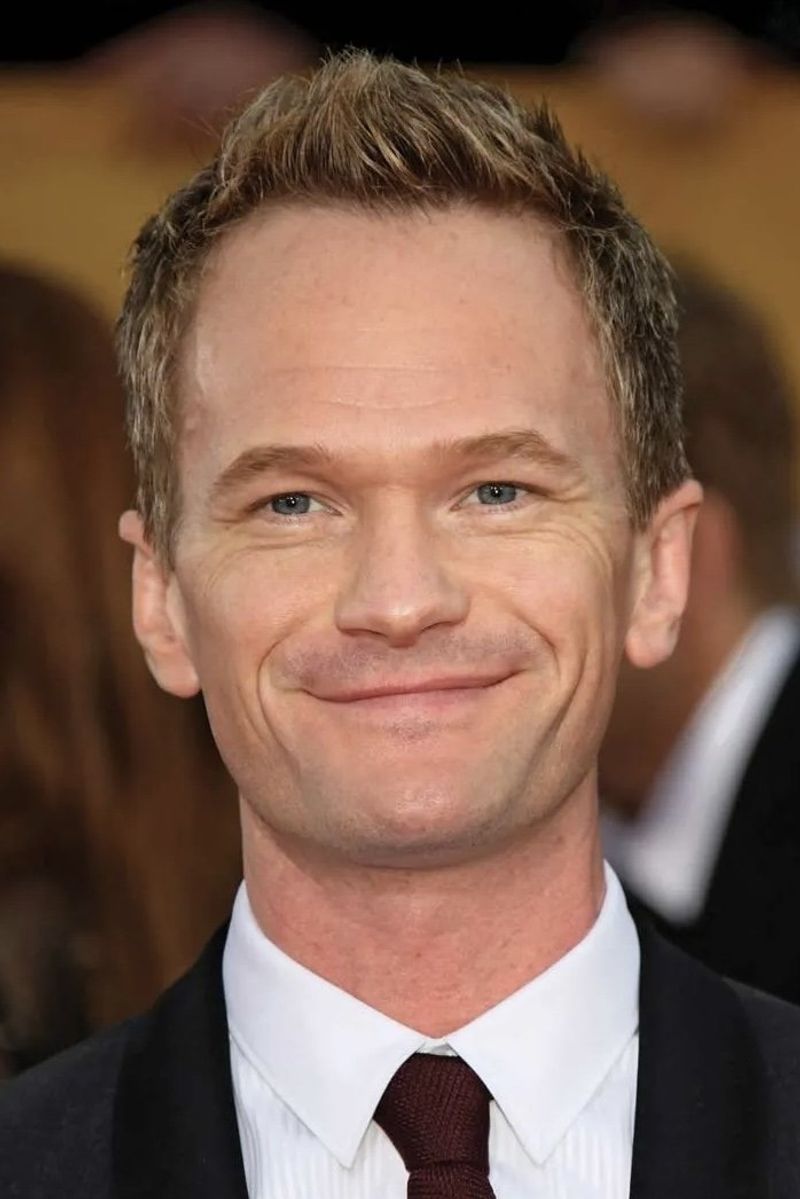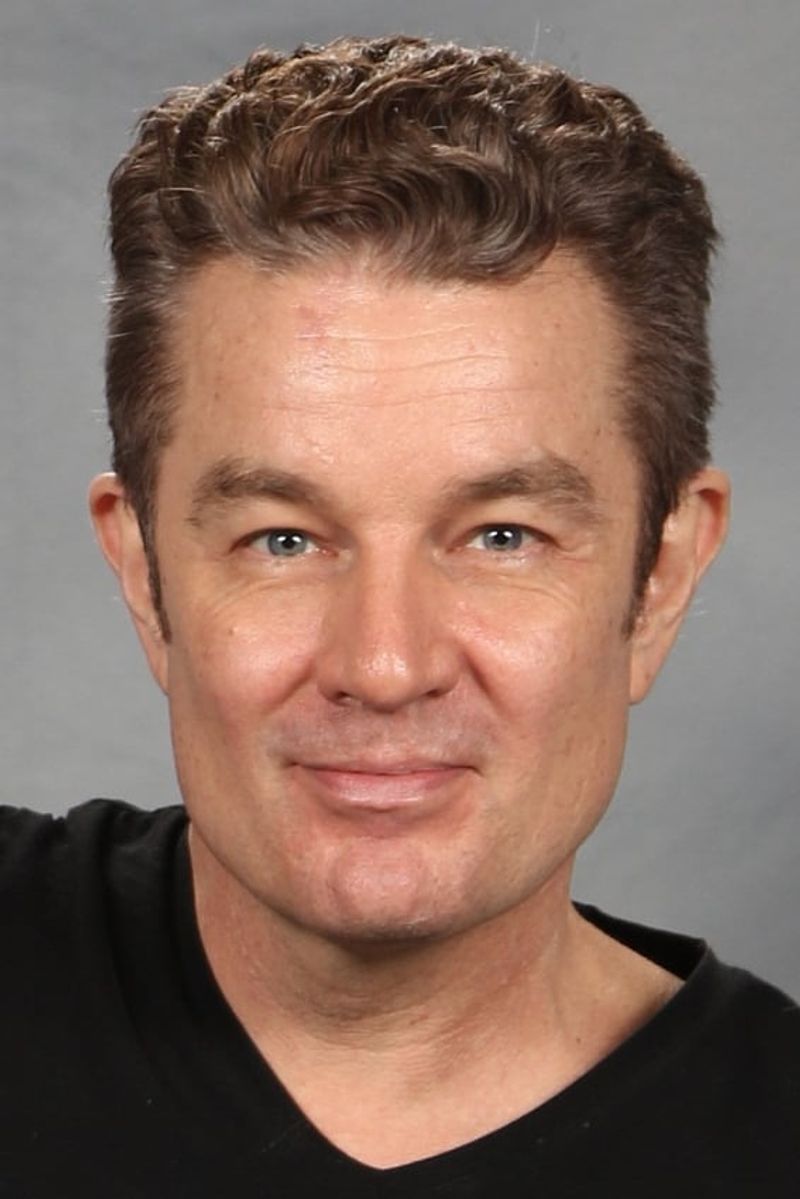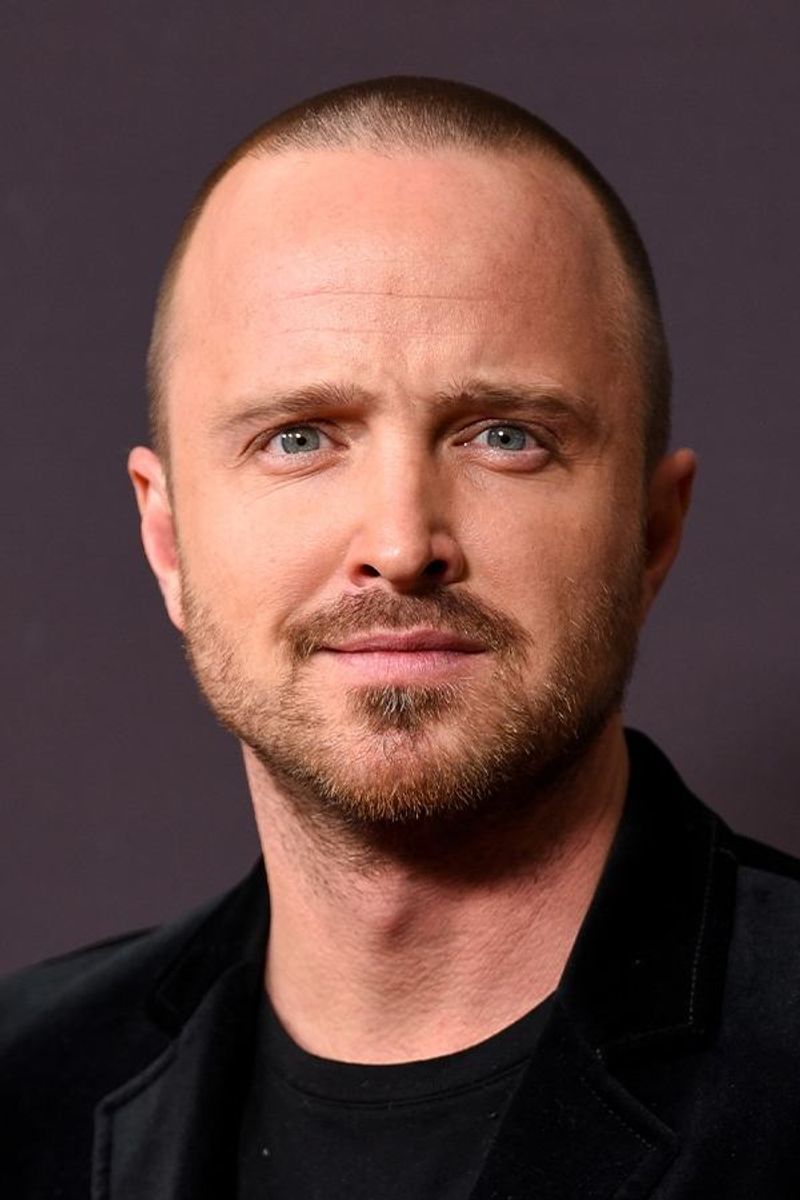Sometimes a single character on a television show shines so brightly that they outgrow the entire series. These unforgettable personalities capture our hearts and imaginations in ways that the show itself never quite manages to achieve. Whether through hilarious catchphrases, unique quirks, or incredibly memorable performances, these characters became cultural icons that people still talk about today, even if they can’t remember much else about the show.
1. Saul Goodman (Breaking Bad)
Bob Odenkirk’s portrayal of sleazy lawyer Saul Goodman was so captivating that he earned his own spinoff series. While Breaking Bad focused on Walter White’s transformation into a drug kingpin, Saul provided comic relief with his outrageous commercials and questionable legal advice. His flashy suits, creative problem-solving, and memorable catchphrase “Better Call Saul” made him an instant fan favorite.
The character became so beloved that Better Call Saul ran for six seasons, exploring his backstory as Jimmy McGill. Many fans argue that Saul’s spinoff actually surpassed the original show in quality. His transformation from struggling attorney to criminal lawyer resonated with audiences worldwide, proving that sometimes the sidekick steals the spotlight completely.
2. Michael Scott (The Office)
Steve Carell brought the bumbling Dunder Mifflin regional manager to life with such brilliance that many viewers stopped watching after he left. Michael’s cringe-worthy jokes, desperate need for approval, and surprising moments of genuine kindness created a character that felt painfully real. His inappropriate comments at office meetings and misguided attempts at humor became legendary.
“That’s what she said” entered everyday vocabulary because of Michael Scott. The character’s departure in season seven caused ratings to drop significantly. Carell’s performance earned him a Golden Globe and turned Michael into one of television’s most quoted characters, overshadowing the ensemble cast that surrounded him.
3. The Fonz (Happy Days)
Arthur Fonzarelli, better known as The Fonz, was originally meant to be a minor character on Happy Days. Henry Winkler’s cool biker with the leather jacket and signature “Ayyyy” thumbs-up gesture quickly became the show’s breakout star. His ability to fix anything by hitting it and his reputation with the ladies made him irresistibly cool to audiences everywhere.
The character became so popular that the show’s focus shifted dramatically to feature him more prominently. “Jumping the shark” actually originated from a Happy Days episode featuring Fonzie. His image appeared on lunchboxes, action figures, and countless other merchandise, making him more recognizable than the show’s original protagonist, Richie Cunningham.
4. Red Forman (That ’70s Show)
Kurtwood Smith’s portrayal of the grumpy, no-nonsense father became the heart and soul of That ’70s Show. Red’s constant threats to put his foot in someone’s rear end and his tough-love parenting style resonated with viewers who saw their own fathers reflected in him. Despite his harsh exterior, glimpses of his softer side made him surprisingly lovable.
His one-liners became more memorable than most of the teenage characters’ storylines. Red’s reactions to his son Eric’s antics and his interactions with the basement-dwelling friends provided consistent comedy gold. Many fans tuned in specifically to hear what Red would say next, making him the true star despite being a supporting character in a show about teenagers.
5. Dewey Wilkerson (Malcolm in the Middle)
Erik Per Sullivan played the youngest Wilkerson brother with such charm and unexpected depth that Dewey often stole scenes from the show’s titular genius. Starting as a background character, Dewey evolved into a musical prodigy with surprising emotional intelligence. His creative schemes and unique perspective on his chaotic family life made him endlessly entertaining.
What made Dewey special was his ability to manipulate situations while maintaining his innocence. His piano compositions and imaginary conversations with his unborn sibling showcased a character far more complex than typical sitcom kids. Fans frequently cite Dewey-centric episodes as their favorites, with his character development outshining Malcolm’s academic adventures in popularity polls.
6. Kenneth Parcell (30 Rock)
Jack McBrayer’s eternally optimistic NBC page became 30 Rock’s secret weapon. Kenneth’s childlike enthusiasm for television, bizarre rural upbringing, and mysterious agelessness created a character that defied explanation yet felt completely genuine. His unwavering dedication to his job and innocent worldview provided perfect contrast to the cynical entertainment industry surrounding him.
The running joke about Kenneth possibly being immortal added layers to what could have been a simple character. His strange references to pig farming in Georgia and his genuine love for everyone made him impossible not to adore. Many viewers found Kenneth more relatable and interesting than the show’s main characters, with his storylines often generating the biggest laughs.
7. Andy Dwyer (Parks and Recreation)
Chris Pratt transformed Andy from Ann’s lazy boyfriend into Parks and Recreation’s most beloved character. Originally planned for a brief appearance, Andy’s childlike enthusiasm and hilariously stupid observations made him indispensable. His band Mouse Rat, his alter ego Burt Macklin FBI, and his pure-hearted devotion to April created comedy gold in every episode.
Andy’s journey from shoeshiner to children’s television host showcased surprising character growth while maintaining his lovable dimness. Pratt’s improvisational skills added countless memorable moments that weren’t even scripted. When the show ended, many fans felt Andy’s storylines and one-liners were the most memorable parts, overshadowing even Leslie Knope’s political ambitions in popularity.
8. Abed Nadir (Community)
Danny Pudi’s portrayal of the pop-culture-obsessed film student became Community’s emotional center. Abed’s unique perspective on life through the lens of television and movies created meta-humor that elevated the entire show. His special way of seeing the world and his struggles with social interaction made him both hilarious and deeply touching.
The character’s relationship with Troy created one of television’s most beloved friendships. Abed’s theme episodes, like the claymation Christmas special and multiple timeline scenarios, became the show’s most celebrated moments. His ability to break the fourth wall and comment on sitcom tropes made him more than just a character—he became the show’s conscience and its most memorable element.
9. Xena (Hercules: The Legendary Journeys)
Lucy Lawless appeared in a three-episode arc on Hercules before her character exploded in popularity. Xena the Warrior Princess was so magnetic that she launched her own series, which ran longer and became more successful than the original show. Her battle cry, chakram weapon, and fierce independence made her an icon for female empowerment in the 1990s.
What started as a villain role transformed into a six-season phenomenon. Xena’s complex relationship with Gabrielle and her redemption arc resonated with audiences worldwide. The character became a cultural touchstone, inspiring countless Halloween costumes and fan conventions. Most people today remember Xena vividly but struggle to recall much about Hercules himself.
10. Rachel Green (Friends)
Jennifer Aniston’s portrayal of spoiled-girl-turned-independent-woman launched her into superstardom. While Friends was an ensemble show, Rachel’s journey from runaway bride to fashion executive captivated audiences most powerfully. Her on-again, off-again romance with Ross dominated water cooler conversations, but it was her personal growth that truly resonated.
The “Rachel” haircut became the most requested hairstyle of the 1990s, proving her cultural impact. Her fashion choices influenced an entire generation, and her one-liners became instantly quotable. Though Friends succeeded as an ensemble, Rachel’s storylines consistently drew the highest ratings. Aniston’s performance earned her an Emmy and transformed her into one of Hollywood’s biggest stars.
11. Urkel (Family Matters)
Jaleel White’s Steve Urkel was supposed to appear in one episode of Family Matters. His nasally voice, signature suspenders, and infamous question “Did I do that?” made him an overnight sensation. The show completely shifted focus from the Winslow family to center around the nerdy neighbor who caused chaos wherever he went.
Urkel’s unrequited love for Laura and his wild inventions dominated every storyline. The character became so popular that he appeared in crossover episodes on other shows. His transformation machine that created the smooth-talking Stefan Urquelle added another dimension to his appeal. Family Matters essentially became “The Urkel Show,” with the original family dynamics taking a backseat to his antics.
12. Kramer (Seinfeld)
Michael Richards created one of television’s most physically comedic characters with Cosmo Kramer. His sliding entrances into Jerry’s apartment, bizarre business schemes, and unpredictable behavior made every scene he appeared in memorable. Kramer’s friendship with Jerry was central, but his oddball energy often overshadowed the show’s other storylines.
From his coffee table book about coffee tables to his role as the Assman, Kramer’s adventures became legendary. His unique speaking style and physical comedy earned Richards three Emmy Awards. Many fans consider Kramer-focused episodes to be Seinfeld’s best, with his character becoming more culturally recognizable than even Jerry himself. The character’s influence on comedy remains strong decades after the show ended.
13. Barney Stinson (How I Met Your Mother)
Neil Patrick Harris transformed what could have been a one-note womanizer into How I Met Your Mother’s breakout star. Barney’s elaborate plays to meet women, his legendary suit collection, and his catchphrases like “Legendary” and “Suit up!” became cultural phenomena. His Playbook episodes showcased creativity that went far beyond typical sitcom comedy.
Despite being morally questionable, Barney’s vulnerability and eventual character development made him surprisingly sympathetic. Harris’s comedic timing and commitment to even the most ridiculous scenarios elevated every episode he dominated. The show’s controversial ending disappointed many fans primarily because of how it handled Barney’s character arc, proving just how invested audiences were in him specifically.
14. Spike (Buffy the Vampire Slayer)
James Marsters was cast as a villain who would last a few episodes on Buffy the Vampire Slayer. Instead, Spike became so beloved that he appeared in more episodes than almost any other character and even joined the spinoff Angel. His punk rock aesthetic, British accent, and complicated relationship with Buffy created one of television’s most complex characters.
Spike’s transformation from soulless killer to tortured hero fascinated audiences. His witty insults and surprising emotional depth made him more interesting than many of the show’s heroes. Fan devotion to Spike was so intense that it influenced major plot decisions. His character arc overshadowed many original cast members, proving that sometimes the bad boy really does steal the show.
15. Jesse Pinkman (Breaking Bad)
Aaron Paul’s Jesse Pinkman was originally supposed to die in Breaking Bad’s first season. His chemistry with Bryan Cranston and his emotional journey from small-time dealer to traumatized accomplice made him indispensable. Jesse’s catchphrase “Yeah, science!” and his heartbreaking storyline resonated deeply with viewers who saw him as the show’s moral compass.
Paul won three Primetime Emmys for Supporting Actor, while Bryan Cranston won four Lead Actor Emmys for Breaking Bad. Many fans rooted for Jesse’s survival more than they cared about Walter White’s fate. His character was so beloved that Netflix produced El Camino, a feature film focused entirely on Jesse’s escape and aftermath, cementing his status as Breaking Bad’s true heart.
